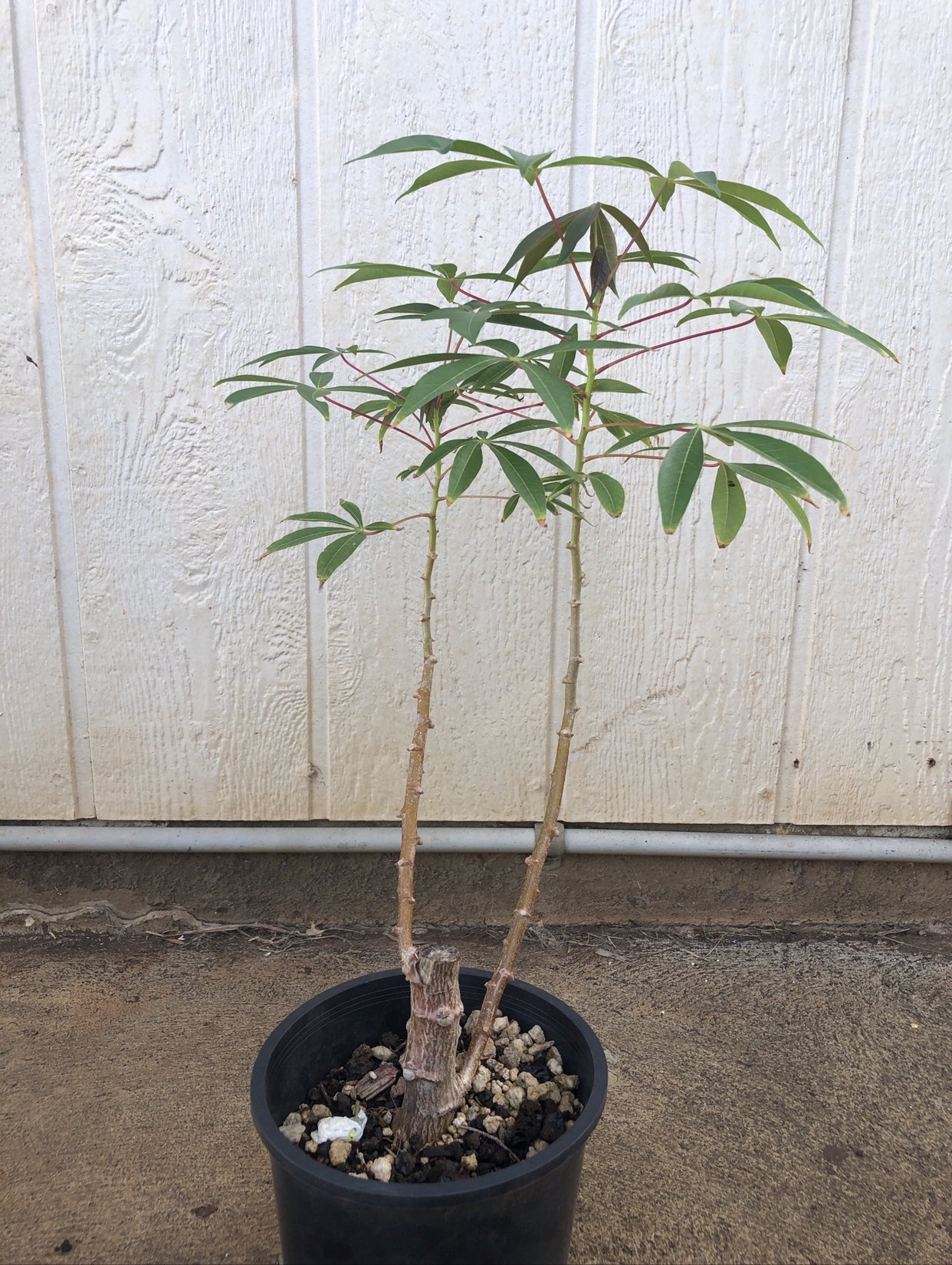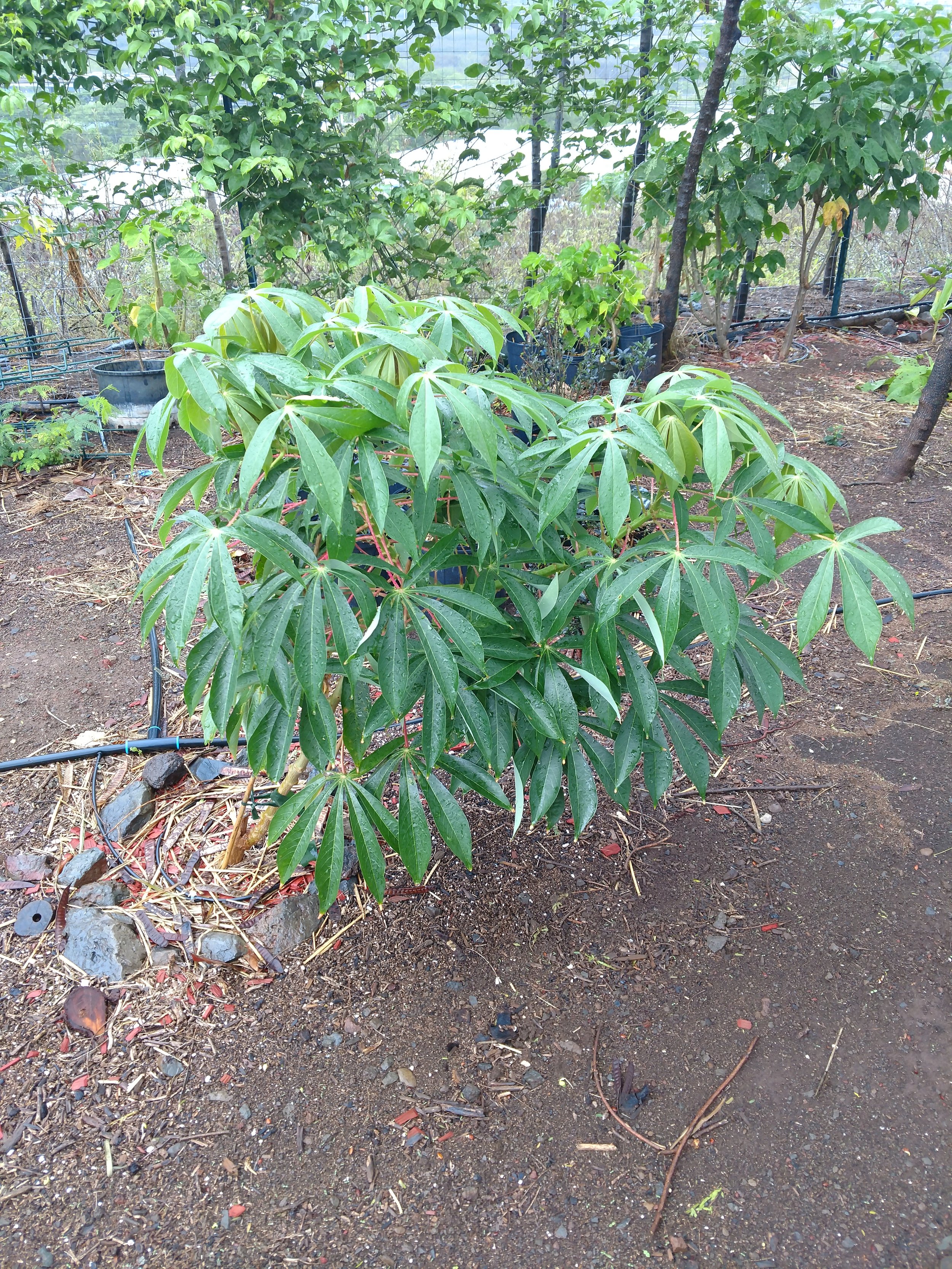Cassava
Non-GMO
Cassava, scientifically known as Manihot esculenta, is a root vegetable native to South America and cultivated in tropical regions worldwide. It is a staple food for millions of people in Africa, Asia, and Latin America due to its starchy tuberous roots, which are used in various culinary preparations.
Cassava plants are woody shrubs that can grow up to several meters in height. The edible part of the plant is the tuberous root, which is typically elongated and covered with a rough, brownish outer skin. The flesh of the cassava root is white or creamy, and it can vary in texture from firm to soft.
Cassava is a valuable crop due to its ability to thrive in poor soil conditions and withstand drought. It is an important source of carbohydrates and a dietary staple in many regions. The roots are processed into various forms for consumption, including boiling, baking, steaming, or grinding into flour.
Cassava flour, also known as tapioca flour, is a common product derived from cassava roots. It is widely used as a thickening agent in cooking and baking, as well as in the production of noodles, bread, and other food products.
While cassava is a significant food source, it's important to note that certain varieties of raw cassava contain a compound called cyanogenic glycosides, which can be toxic if not properly processed. Traditional methods such as soaking, fermenting, or thorough cooking are employed to remove the toxins and make cassava safe for consumption.
Cassava plays a vital role in global food security, providing a valuable source of sustenance and economic livelihood for many communities.



